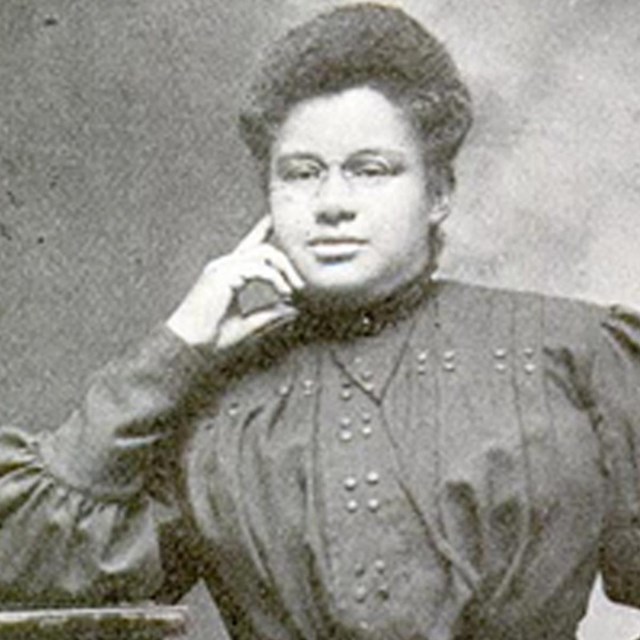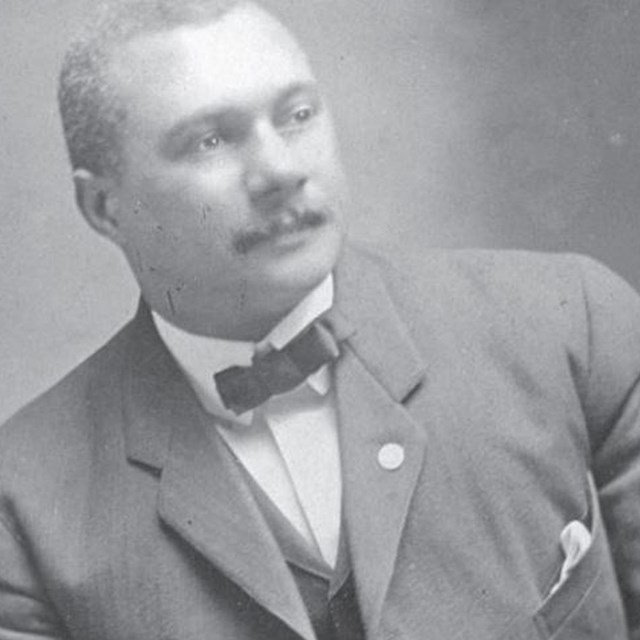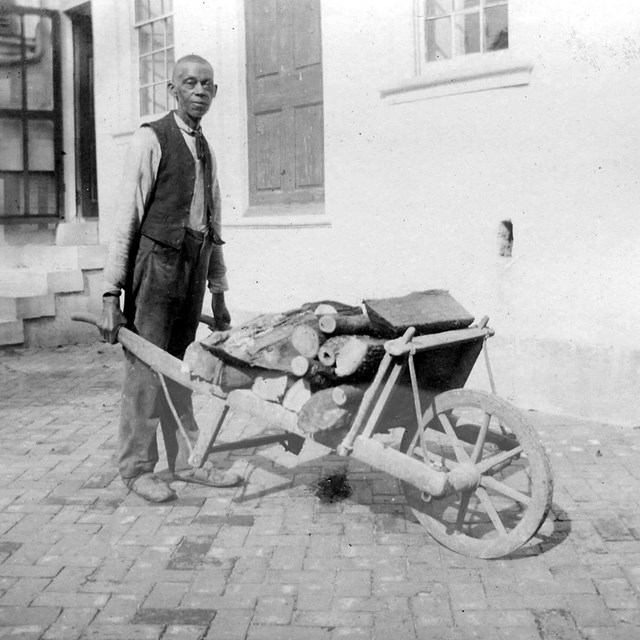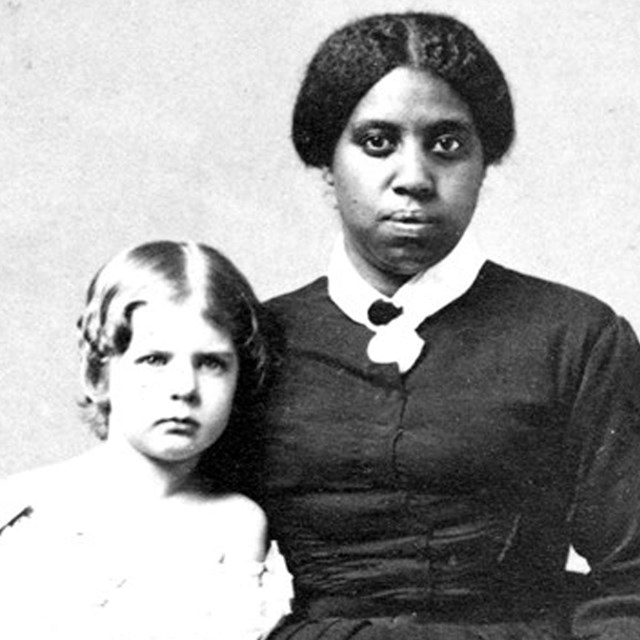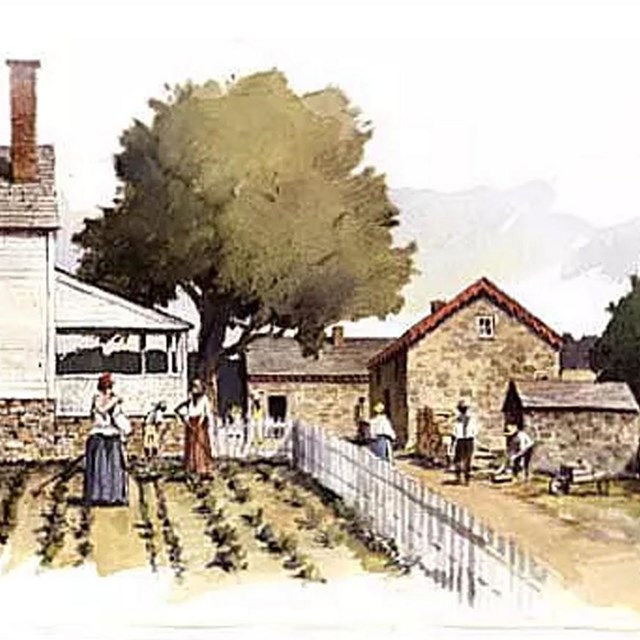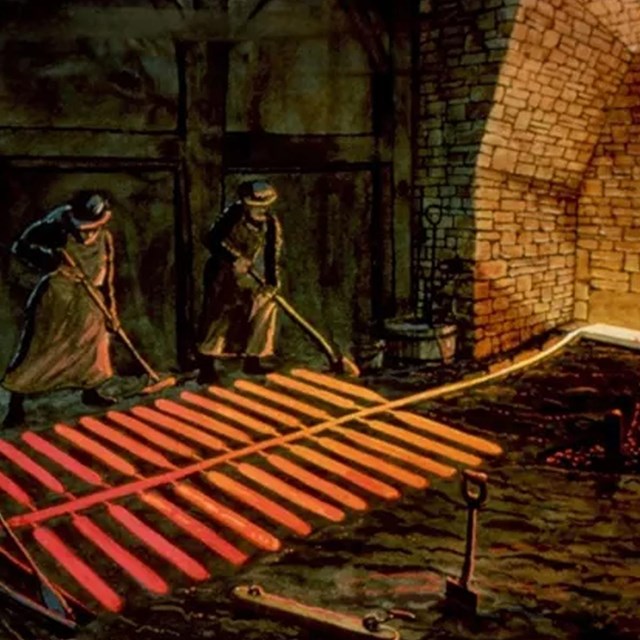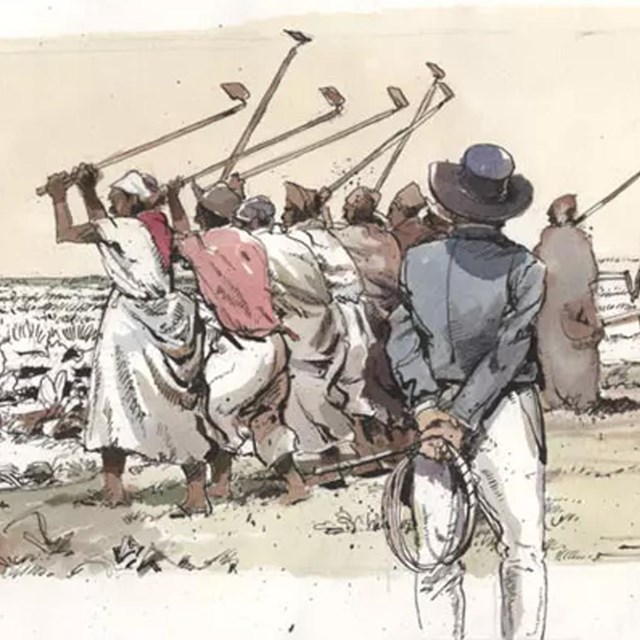|
Henry Cummins (c. 1827-1906) was one of fifteen enslaved individuals surnamed Cummins at White Marsh farm, a property owned by Governor Charles Carnan Ridgely of Hampton in 1829. Under the terms of Ridgely’s will, Cummins was freed when he reached the age of 28. He moved from White Marsh into Baltimore City, where worked as a cook at Guy's Monument House, a large and fashionable hotel across from the Battle Monument on Calvert Street. Cummins eventually became a successful chef and caterer. In 1863, he married Eliza Jane Davage (1843-1914), whose parents had been freed from enslavement at Perry Hall plantation. By the 1870s, Henry Cummings (as him name came to be spelled) demonstrated an interest in politics and public life. In 1879, he was elected to be a delegate to the Maryland's Republican Party nominating convention from the 12th election district of Baltimore City. In addition to raising and seeing to the education of her eight children, Eliza Jane Cummings was a seamstress and ran a boarding house at the family's residences so that those children could go on to higher education. Four of their five sons and one of their three daughters went to college, a remarkable achievement for that time. Active in both in her church and local organizations which enhanced the welfare and education of Baltimore's African American citizens, she was a suffrage leader and founder of both the Aged Men and Women’s Home and the Empty Stockings Club, a Christmas gifts delivery event for the community’s underprivileged. Eliza also followed in the family's tradition of political activism, delivering speeches across the eastern half of the country in support of amendments to enhance and protect the rights of African Americans. 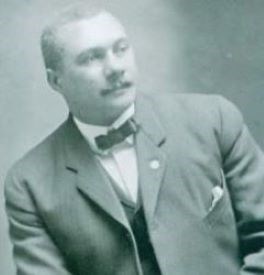
NPS Harry Sythe Cummings (1866-1917), was the second son of Henry Cummings (c. 1827-1906), who had begun life enslaved at White Marsh farm by Governor CCR of Hampton. Born a free man, Harry eventually became truly famous in his day and very possibly was the most well-known African American in the city of Baltimore at the time.Harry S. Cummings’ education was the foremost priority of his mother Eliza Jane Davage Cummings, who worked hard as a seamstress and running a boarding house to assist chef Henry in providing for the family. After attending local public schools, Harry graduated at age nineteen from Lincoln University in Chester County, Pennsylvania. He then became the one of the first two African Americans to graduate from the University of Maryland Law School in 1889. Ida R. Cummings (1867-1958) was one of eight children of Henry and Eliza Jane Davage Cummings. Her father had been enslaved by Governor Charles Carnan Ridgely of Hampton and was freed by the terms of the Governor’s will in the mid-1850s. Ida graduated from local Baltimore public high schools and soon afterward became an elementary school teacher at segregated schools in Baltimore County and City. By 1893, she was a teacher and assistant principal at Sparrow’s Point Colored School. Promotion of early education was paramount to her, and she is widely recognized as the first African American kindergarten teacher in Baltimore City. In the U.S. Census for 1900, Ida’s occupation was listed as “kindergardeness.” Individuals
Learn More
|
Last updated: June 10, 2024

